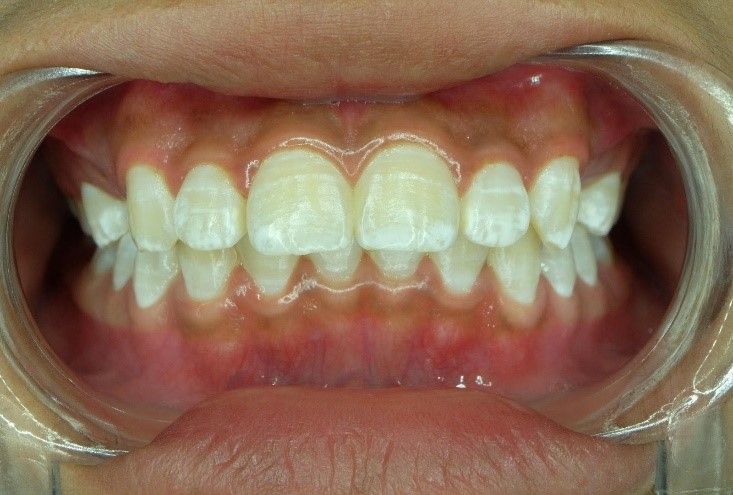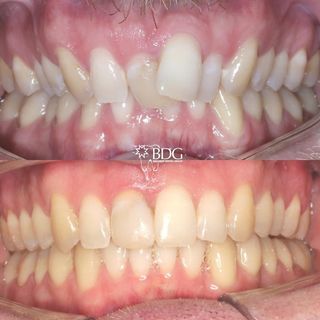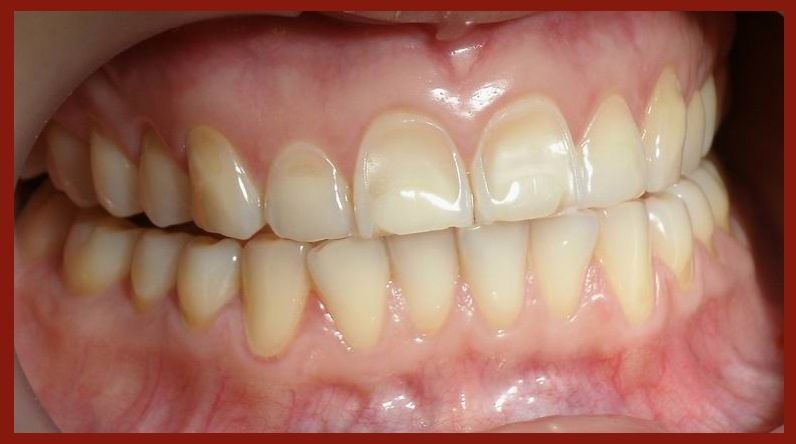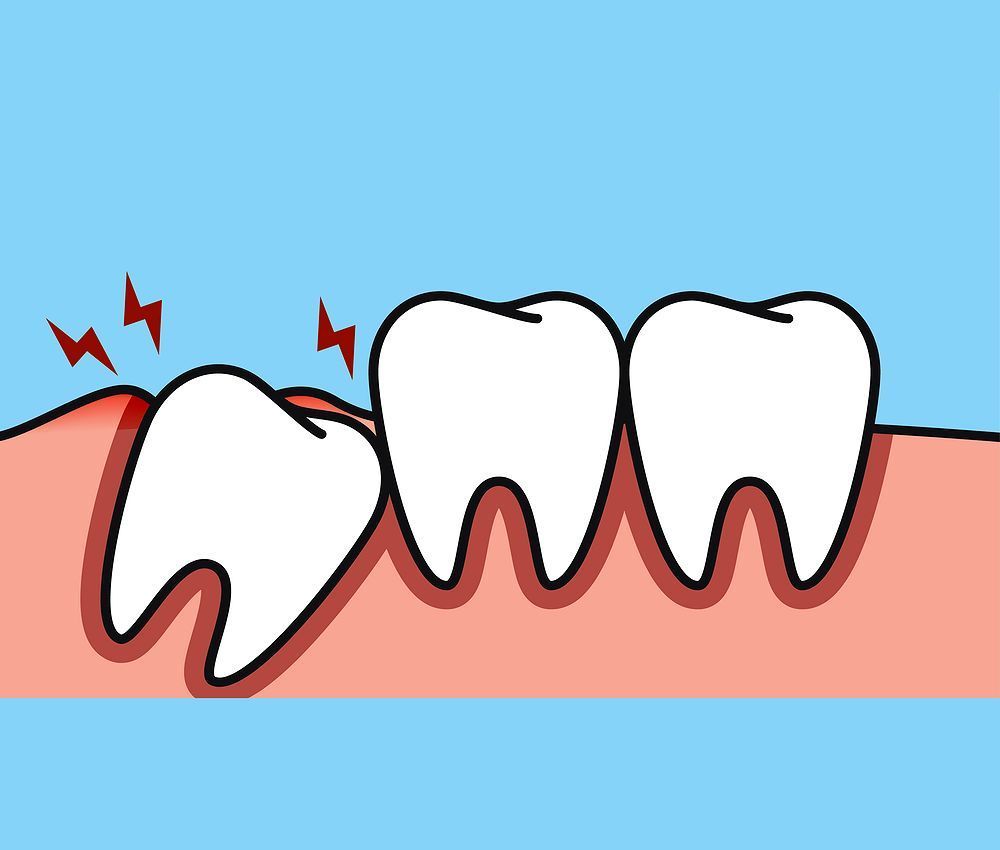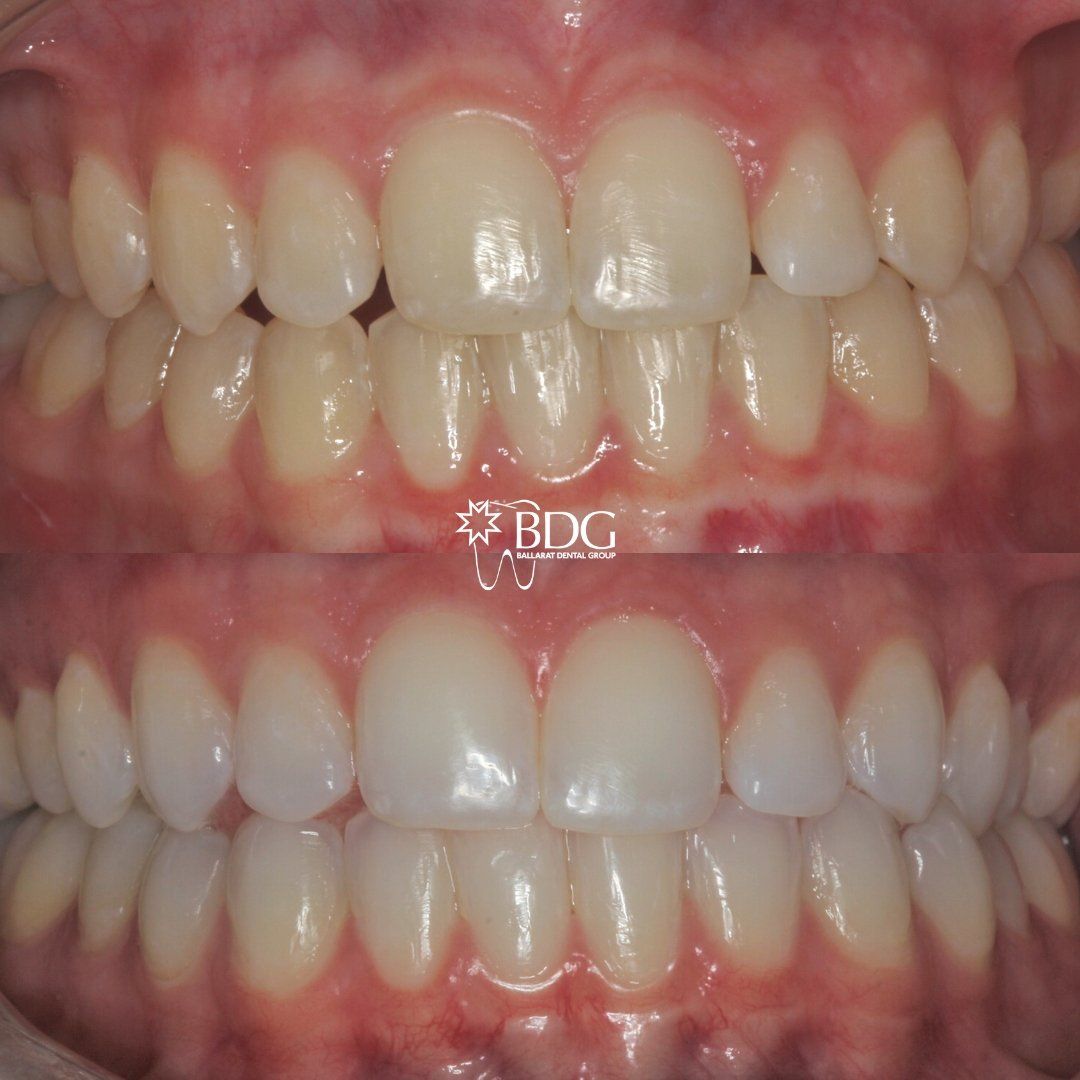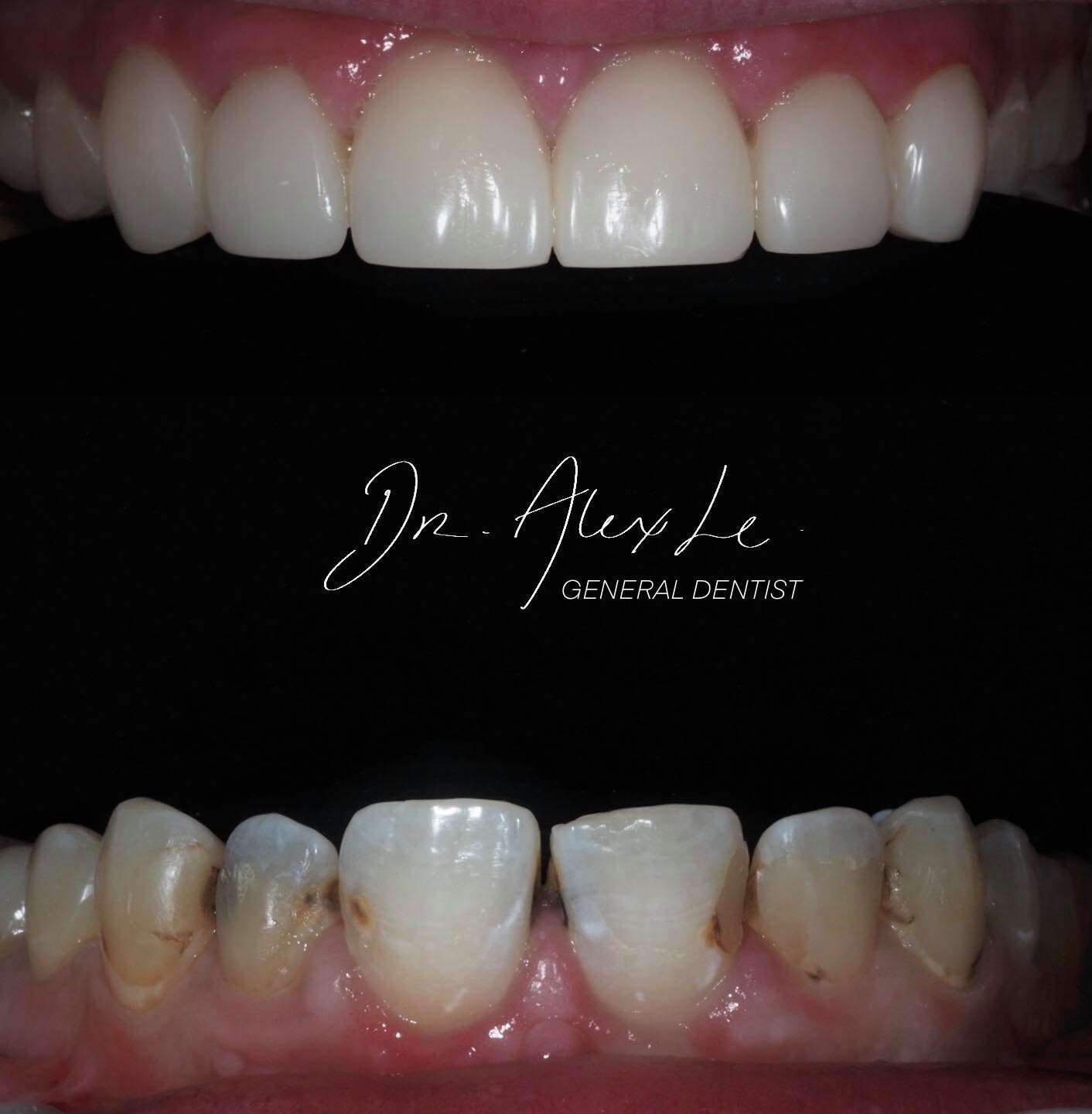Why Bother with Baby Teeth?
Dr. Mehnaz Hasan
Has your child, or a child close to you ever experienced decay, trauma, or early removal of a baby tooth? Did you think, “Oh it’s only a baby tooth, it will fall out anyway”? Well you are not alone! It’s one of the most common comments a dentist hears when managing baby teeth.
Though it is true that baby teeth (or rather Primary teeth) eventually fall out, they do still have an important role to play in a child physical and social development. Here’s a few reasons why we should bother to look after our baby teeth!
- Avoiding Pain
The term “Baby Teeth” can be a bit of a misnomer. It implies that these teeth aren’t around for very long. In reality, some primary teeth don’t naturally fall out (or exfoliate) until children are almost teenagers!
This is long enough for serious dental issues, such as tooth decay, to take effect. Research has shown that, in Australia over 4 out of 10 children aged 5-10 have experienced tooth decay in their primary teeth1. Often, dentists see decayed teeth in even younger patients!
Dental decay can cause intense debilitating pain that can upset even the most spirited child. So much so that it may interfere with their concentration and learning at school.
Having a child in pain is stressful enough, but it can be even more traumatic when a young child has no option but to tolerate complex dental procedures such as extractions, fillings, or local anaesthetic just to relieve pain.
If left untreated tooth decay can lead to a dental abscess or infection. A dental infection has the potential to damage the underlying permanent tooth or spread to other parts of the body. This can very rapidly turn into an emergency and has been linked to hospitalisations and even fatalities.
- General Health
It comes as no surprise that teeth are necessary for eating. Whether it be due to sensitivity from decaying teeth, or pain from a dental abscess, poor dental health can render children unable to properly chew their food. Disruption to their food intake can cause nutritional deficiencies and be harmful to their general health. Moreover, untreated dental infection can put a strain on the body’s immune system.
- Speech
Primary teeth, like permanent teeth, play a crucial role in our ability to speak. The presence and proper positioning of primary teeth allow for correct pronunciation during speech. Missing primary teeth can lead to speech impediments, as the teeth may no longer come together with the tongue, lips and cheeks to produce the desired sound.
- Self-Esteem
Nothing lights up a room quite like a child’s smile. However, when that smile is affected by dental disease it can really impact negatively on a child’s emotional and social development. Missing or unsightly teeth due to staining or decay can be a source of embarrassment. Social interaction may suffer as the child begins to avoid speaking or smiling in front of others. Shame over their own smile may be detrimental to a child’s confidence and self-esteem.
- Self-Esteem
As mentioned earlier primary teeth hang around for a significant amount of time. In fact, the retention of primary teeth for the correct duration is critical in producing a lovely well aligned adult/permanent smile. How so? Primary teeth act as placeholders for their larger counterparts. When primary teeth are lost or extracted too early, surrounding teeth can then drift or tilt into this space. Reduced space then means the developing permanent tooth has inadequate space to erupt into and can get blocked on their way out. This then leads to overcrowding and a crooked smile that will likely require complex orthodontic work to correct.
Now we know the many ways in which baby teeth are important and worth looking after. Come visit our team of friendly dentists at Ballarat Dental Group so we can assist in getting your child’s smile and dental future off to the best possible start!
Australian Institute of Health and Welfare 2019. Oral health and dental care in Australia. Cat. no. DEN 231. Canberra: AIHW. Viewed 23 June 2020, https://www.aihw.gov.au/reports/dental-oral-health/oral-health-and-dental-care-in-australia.
